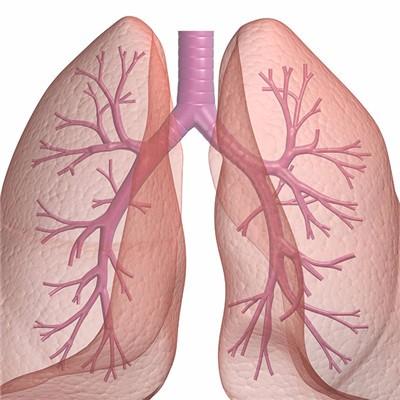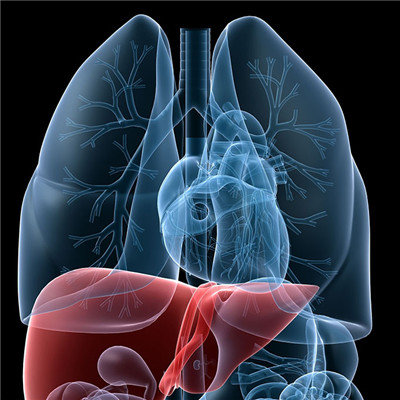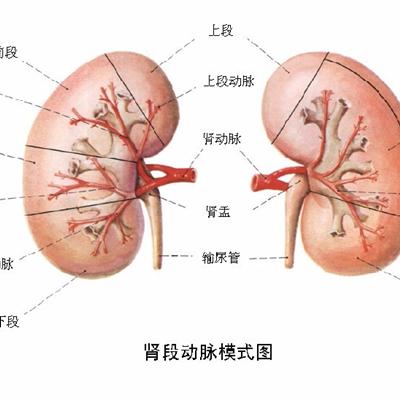Symptoms of nasal hemangioma?
summary
Hemangioma can be divided into capillary hemangioma, cavernous hemangioma and tendril hemangioma according to clinical manifestations and histological characteristics. In addition, capillary hemangioma is a mixed type of cavernous hemangioma. So let's take a look at the symptoms of nasal hemangioma? What about it?
Symptoms of nasal hemangioma?
First, hemangiomas vary in size and may have thin pedicles or broad bases. Capillary hemangioma is smaller and more pedicled, cavernous hemangioma is larger and the base is wide. Red, purple or black red, round, oval or mulberry shaped. Soft and elastic, easy to bleed. Cavernous hemangioma is soft and compressible. It usually occurs near the natural opening of maxillary sinus and inferior turbinate. Large tumors can compress sinus wall, destroy bone and invade adjacent organs.
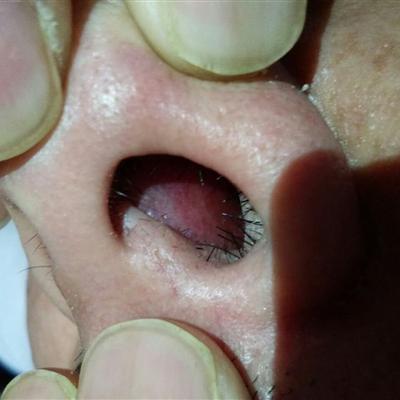
Second, the clinical manifestations of hemangioma in nasal cavity and paranasal sinuses vary with the course of disease and the size of lesion. Nasal hemangioma is mainly unilateral progressive nasal obstruction, if the tumor compression makes the septum deflection, there are bilateral nasal obstruction. Recurrent epistaxis is the prominent manifestation of the disease. The amount of bleeding is not equal, and the patients with more bleeding may have secondary anemia. With the increase of the lesion, there may be nasal obstruction and epistaxis, or the hemangioma may prolapse from the anterior nostril or enter the nasopharynx backward, leading to eustachian tube obstruction. The larger the tumor, the enlarged sinus cavity, bone wall compression, absorption, thinning, or even destruction. Tumor outward expansion, can occur facial deformity, exophthalmos, eye displacement, vision loss, diplopia, headache and so on.
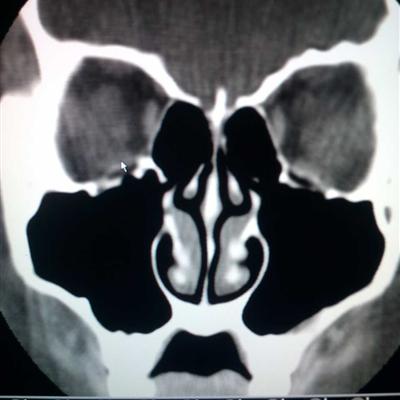
Third: check the nasal cavity visible purple new biological, soft tumor constitution, more compression and give way, easy to touch bleeding, but no infiltration performance. If there is secondary infection, its surface erosion, necrosis and accompanied by polyps. If the lesion is confined to the sinus, the nasal cavity may not change, so it is often difficult to diagnose. Blood can flow out of the needle tube when the maxillary sinus is punctured.
matters needing attention
① The density of nasal cavity, ipsilateral maxillary sinus and ethmoid sinus increased evenly, similar to inflammatory changes; ② The maxillary sinus cavity was enlarged and the density increased, which was similar to cyst like changes; ③ Sinus wall bone destruction, similar to malignant tumor changes.





